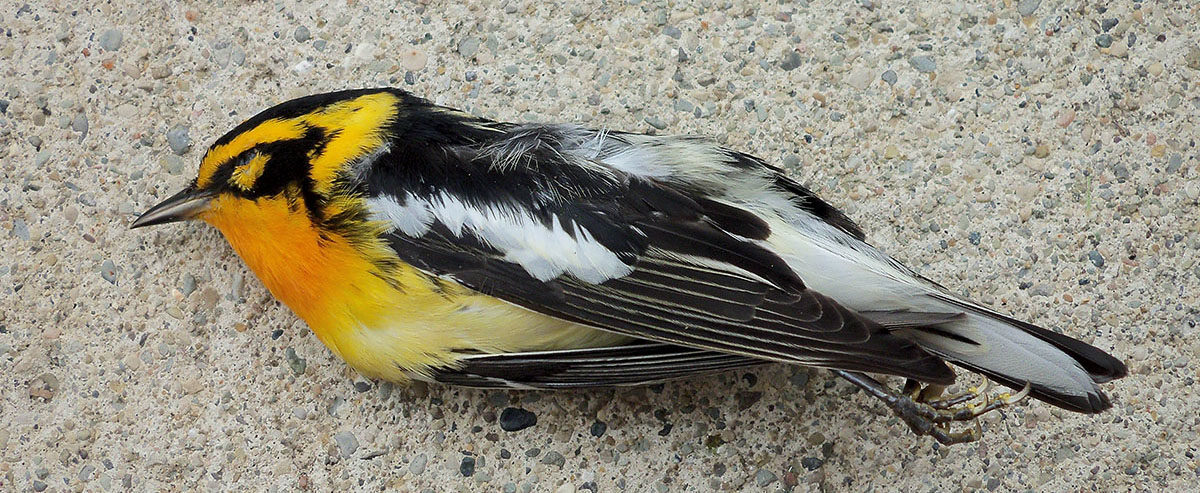OF THE
TIMES
A nation that is afraid to let its people judge the truth and falsehood in an open market is a nation that is afraid of its people.
Everybody picking on the poor little pentagon. ;)
Every small victory adds up. :)
Pedo's, MAPS, call them whatever you'd like but what they are is plain and simple....kid fuckers In my reality they all deserve an April 28th 1945...
"You failed at something 13 times over, and now you're trying to do it for a 14th time? That's a bit against Hungarian logic." Well, somebody had...
The better question: Was he even in the helicopter? Let's not forget the "Pahlavi" family in Iran.
To submit an article for publication, see our Submission Guidelines
Reader comments do not necessarily reflect the views of the volunteers, editors, and directors of SOTT.net or the Quantum Future Group.
Some icons on this site were created by: Afterglow, Aha-Soft, AntialiasFactory, artdesigner.lv, Artura, DailyOverview, Everaldo, GraphicsFuel, IconFactory, Iconka, IconShock, Icons-Land, i-love-icons, KDE-look.org, Klukeart, mugenb16, Map Icons Collection, PetshopBoxStudio, VisualPharm, wbeiruti, WebIconset
Powered by PikaJS 🐁 and In·Site
Original content © 2002-2024 by Sott.net/Signs of the Times. See: FAIR USE NOTICE

One day one did fly into my window and died, but the strangest thing I have ever observed was that another starling after a while came along and started pecking at the dead bird, it looked like some form of cannibalism, I was mesmerized at the spectacle but had to leave I couldn't watch the conclusion.
When I returned, there was no dead bird, no body or feathers to indicate any presence of the bird.
It was one the most strangest thing I have ever seen.